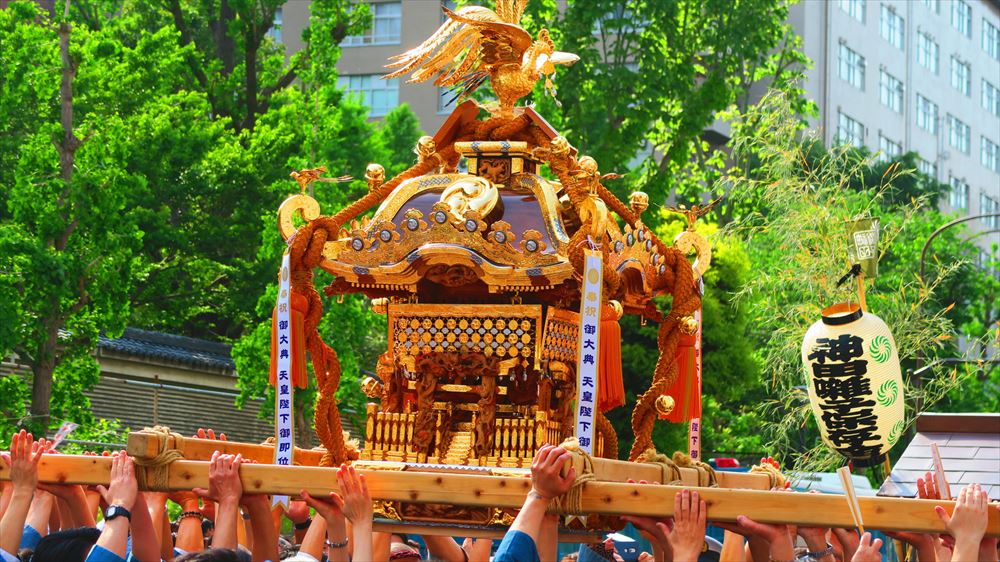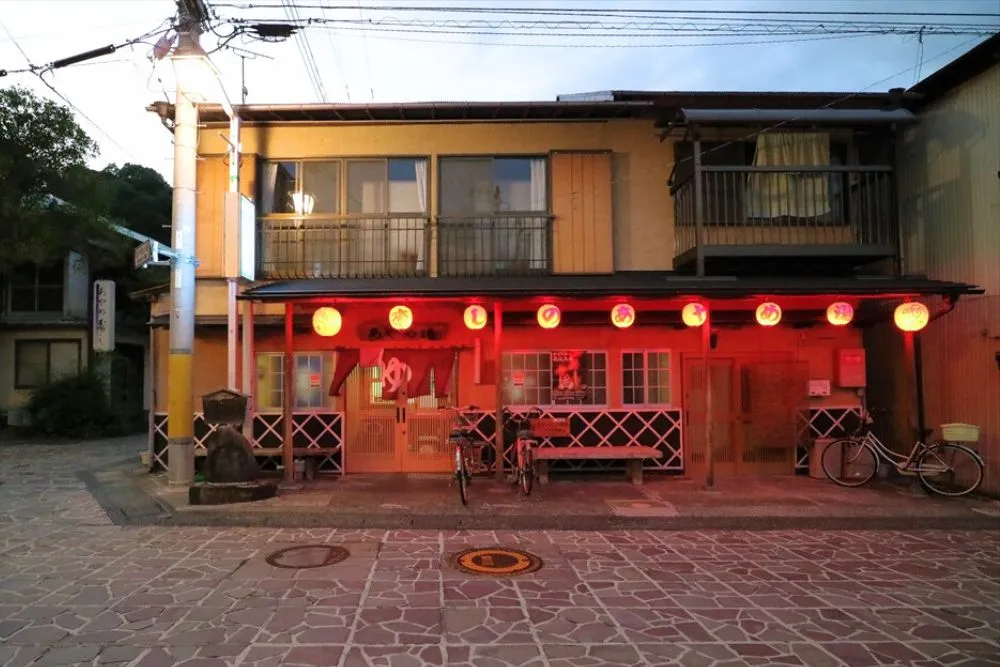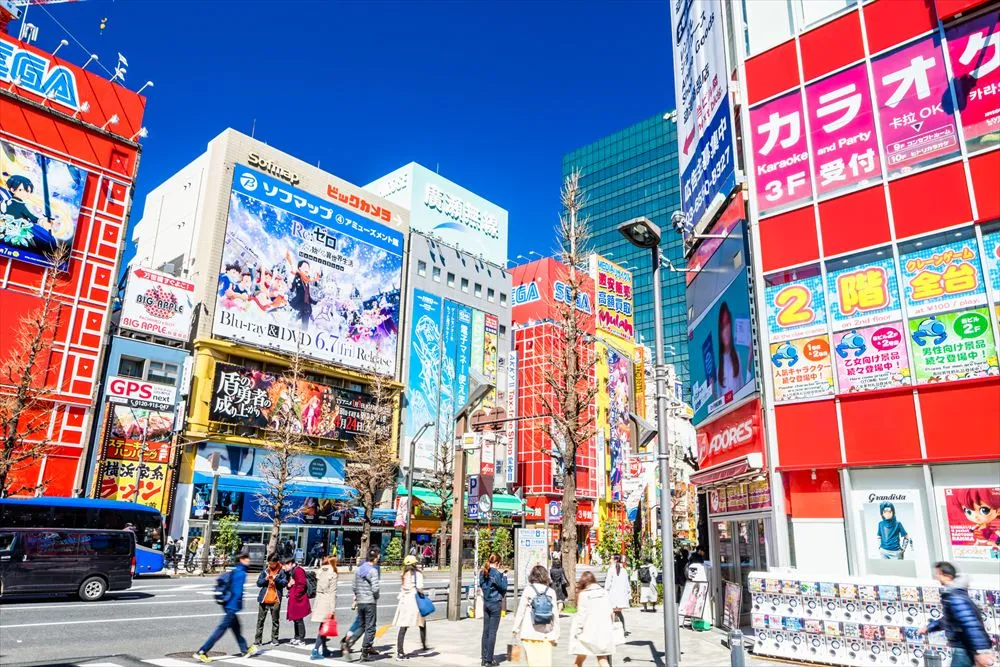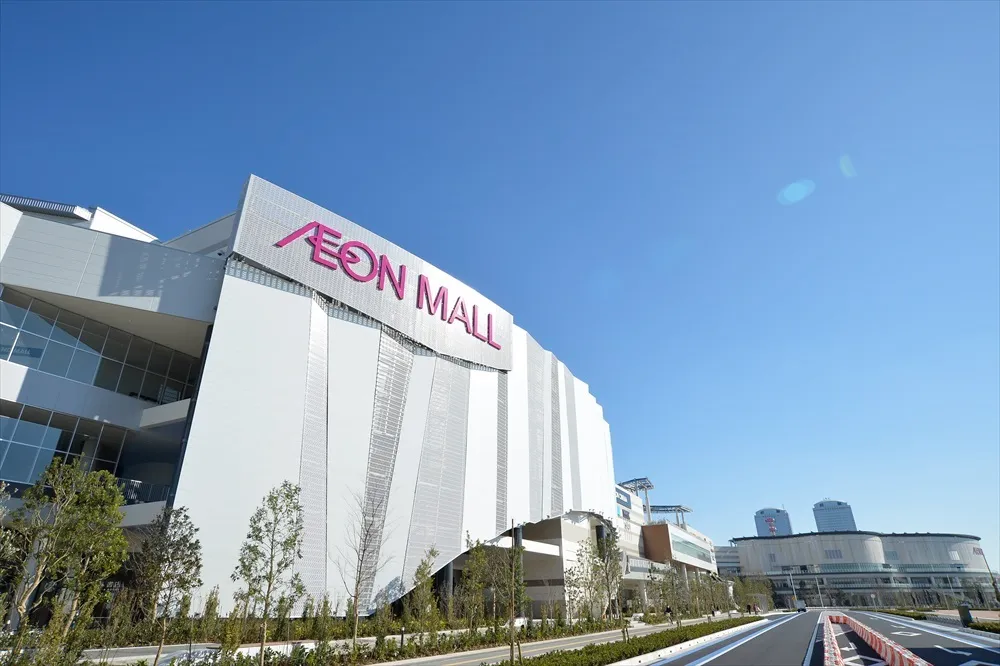
OMOTESANDO / HARAJUKU
OMOTESANDO / HARAJUKU
Omotesando is a broad, sophisticated avenue, lined with world famous designer shops and beautiful trees. The area is known as the leading edge for the latest fashions, and young people in creative outfits come flocking here from around the country. Meanwhile, Harajuku has a long history and it is one of the rare places in Tokyo that is not only very modern but also retains much of the traditional. The new subway line, Tokyo Metro Fukutoshin Line, started operation on June 14, provides visitors with much easier access than previously.
Harajuku, the city for young people
Harajuku Station on the JR Yamanote Line is a wooden station building built in 1925. Go through the Takeshita-dori Exit and walk to Takeshita-dori Street, crammed with shops for clothing, accessories, and souvenirs, as well as crepe shops, cafes and restaurants. Many people, most of them young people, flood into the street every weekend, and it is often difficult to make your way through.
For a rest from the press, it is a good idea to turn onto the side street leading to Togo Shrine. The shrine is dedicated to the memory of Admiral Togo, who defeated the Russian fleet in the Russo-Japanese War in 1905. Unlike noisy Takeshita-dori Street, it is calm and quiet there.
When you come to the intersection of Takeshita-dori Street and Meiji-dori Street, the Laforet Harajuku department store building is on the right. It is said that this is where Japanese fashion is created and then spreads outward to the rest of the country. Laforet Museum Harajuku on the sixth floor is an all-purpose hall hosting exhibitions, concerts and other events.
Walking across Meiji-dori Street, you come to the GAP store, which leads to “Ura Harajuku” (“Backstreet Harajuku”), lined with unusually attractive shops. One of the side streets, “Cat Street” is a highly recommended fashion street with many apparel shops. Each shop features originality and creativity. And the shoppers who visit shops here are also highly fashionable in appearance, as well.
Turn into the first narrow alley leading off Harajuku-dori Street and you will suddenly see a colorful and unusual construction. This “must-see” building is the gallery of “Design Festa,” where biannual original art exhibitions which display a number of experimental avant-garde works of art are held. It has a cafeteria, too.
Historic Omotesando Street watched over by the Meiji Shrine
“Omote-Sando” means the front approach to the Meiji Shrine. The main avenue shaded by zelkova trees leading to the shrine is one of the finest shopping streets in Japan, lined with famous designers’ brand shops from Japan and overseas. The area is always thronged with visitors, regardless of whether it is? weekday or weekend. Just outside of the Tokyo Metro Omotesando Station, a pair of big stone lanterns flank the sidewalks, which reminds us that this street is, originally, the approach to visit Meiji Shrine. During the Christmas season and New Year holiday, the street is lit up with illuminations glittering brightly in the clear winter air.
In the middle of Omotesando, “Omotesando Hills” opened its doors in February, 2006. It is a six-story building consisting of three basement floors and three floors above ground, filled with sophisticated shops for adults, and stylish restaurants. This building replaced the Dojunkai Aoyama Apartments, which were built in 1927. Omotesando Hills was designed by the architect Tadao Ando, who has designed many well-known buildings, including the Chichu Art Museum in Naoshima, Kagawa. Inside Omotesando Hills, a walkway spirals up in winding fashion to the upper floors. One of the architect’s signature characteristics, the use of bare concrete on the walls, is seen in some places in the building. The external appearance blends in well with the zelkova trees along the street, and this spot is now considered a prime example of the outstanding and beautiful scenery of Omotesando.
Walking down the street to Harajuku Station, you will see an eye-catching red signboard with “Kiddy Land” painted in white on it. Kiddy Land is renowned as one of Japan’s largest and most popular toy stores, dealing with everything from toys and electronic games, to character goods and stationery. The toy department was established in 1950 and is popular today not only with children but also with women, and even adult men. The total number of items is about 150,000. Snoopy Town Shop opened on the third floor on May 24th.
Green oasis in the concrete jungle, Meiji Shrine and Yoyogi Park
Go through the Jingu Exit at Harajuku Station to Meiji-jingu Shrine. Enjoy the sound and feeling of the gravel road as you walk on to the shrine. You can always feel the awesomeness of the shrine whenever you visit. “Meiji” derives from the Meiji era (1868-1912), which corresponds with the reign of Emperor Mutsuhito who died in 1912, and is now known as Emperor Meiji. His consort, Empress Shoken, died in 1914. This shrine was built for both of them in 1920. Each New Year holiday as many as three million people come to visit this shrine to make wishes for the coming new year. This shrine attracts the greatest number of worshippers for this occasion in all of Japan. The 170,000 trees found in the Meiji Shrine are not a natural forest, but donations from all over Japan dedicated to the deified spirits of the shrine.
It might be a good idea to take a rest at the adjacent Yoyogi Park after visiting Meiji Shrine. Pedestrian paths run through its rich greenery and refreshing fountains. People enjoy sunbathing, Frisbee-throwing, cycling, and strolling on weekends. If lucky, you might see live performances such as concerts, karate, trick shows, and so on.
Omotesando, now and then
Mr. Naohiro Kurihara is the proprietor of Fuji-Torii, a Japanese artworks and antiques shop located next to Kiddy Land, Omotesando. The shop was established in 1949, some 60 years ago. He has long watched the changes taking place in Omotesando. We interviewed him.
Before World War II, my father had a store in Ginza. After the war, he moved and started his business here. Harajuku was originally a “temple town” in front of the shrine. But the town burned to the ground during the war.
The area of Yoyogi Park, the south side of Meiji Shrine, was once a parade ground for the Japanese Imperial Army. After the war, the place was requisitioned by the occupation GHQ, and they built the Washington Heights housing area for the Occupation forces. Each residence was for a high-ranking officer and it had a broad lawn and a nice house, and this brought many customers to our store, so we often visited the place by delivery truck. I was only a child at that time.
Kiddy Land, next to us, was a foreign bookstore, but the store also started to carry quite sophisticated toys as foreign customers had often asked them if they dealt with toys, which they wanted to buy for their children. The place where the GAP store is now located used to be Central Apartments. There were many restaurants such as Italian, steak house, Chinese, Philippine. These restaurants also catered to Americans living in Washington Heights.
In 1964, when the Tokyo Olympics were held, the Washington Heights site was returned to Japan. Later, the media started reporting about small apparel makers in the area. Gradually, Harajuku began to draw attention as the city’s latest fashion center. Beams, one of the well-known apparel makers, was there at that time. Takeshita-dori Street used to have many shops carrying reasonably-priced clothes for import and export. Years ago shops owned by TV “talents” were popular. Harajuku is a popular tourist spot for school trips from all over Japan. In the 1990s, after the so-called “bubble economy” burst, the number of shops managed by foreign-affiliated companies began to increase. “Ura-Hara” ? the small alleys that comprise “backstreet Harajuku” ? attracts fashion-conscious young people these days. Harajuku has been continually and dramatically changing for the past 60 years. Maybe, only our shop still exists among those shops which were open 60 years ago. In the winter of 1971, I remember we enjoyed skiing the next day after a big snowfall. I guess people hearing this today would think it was unbelievable.







